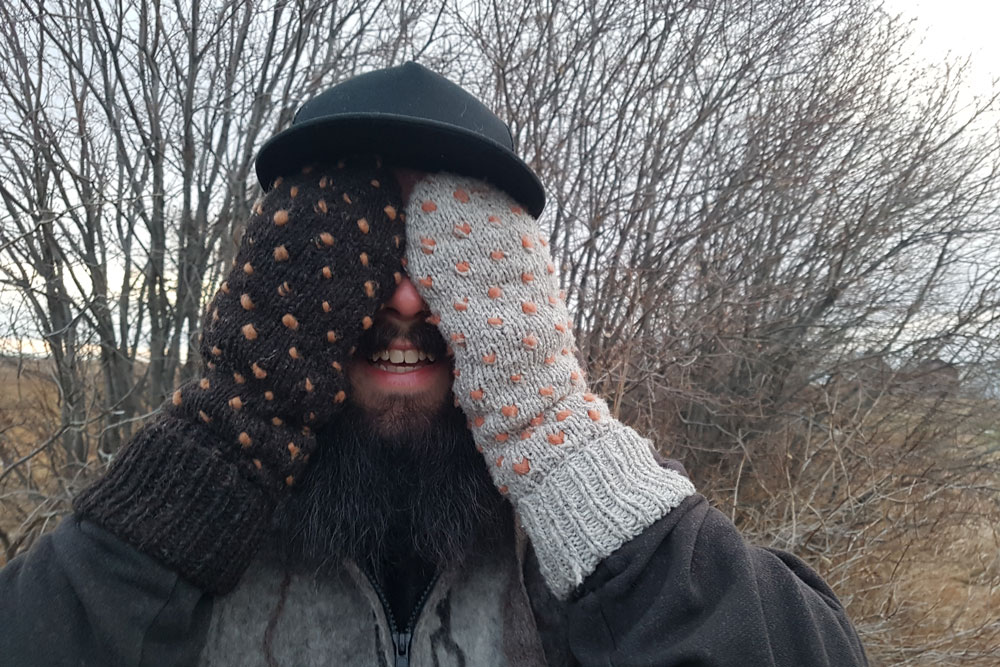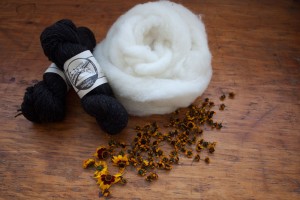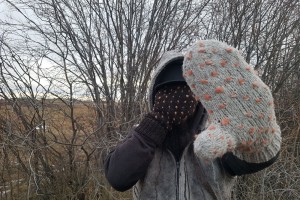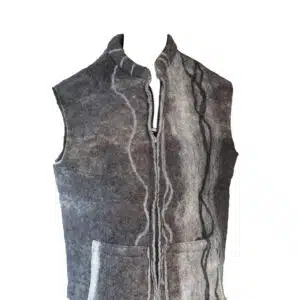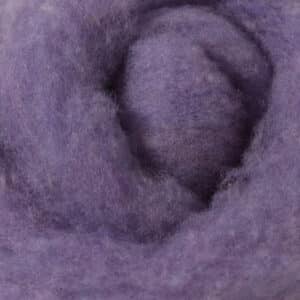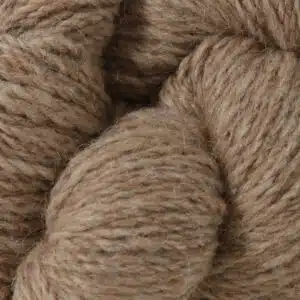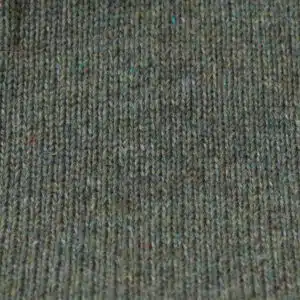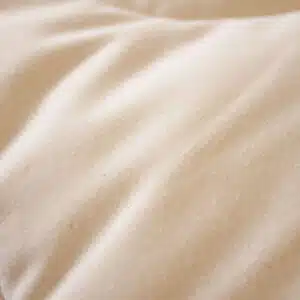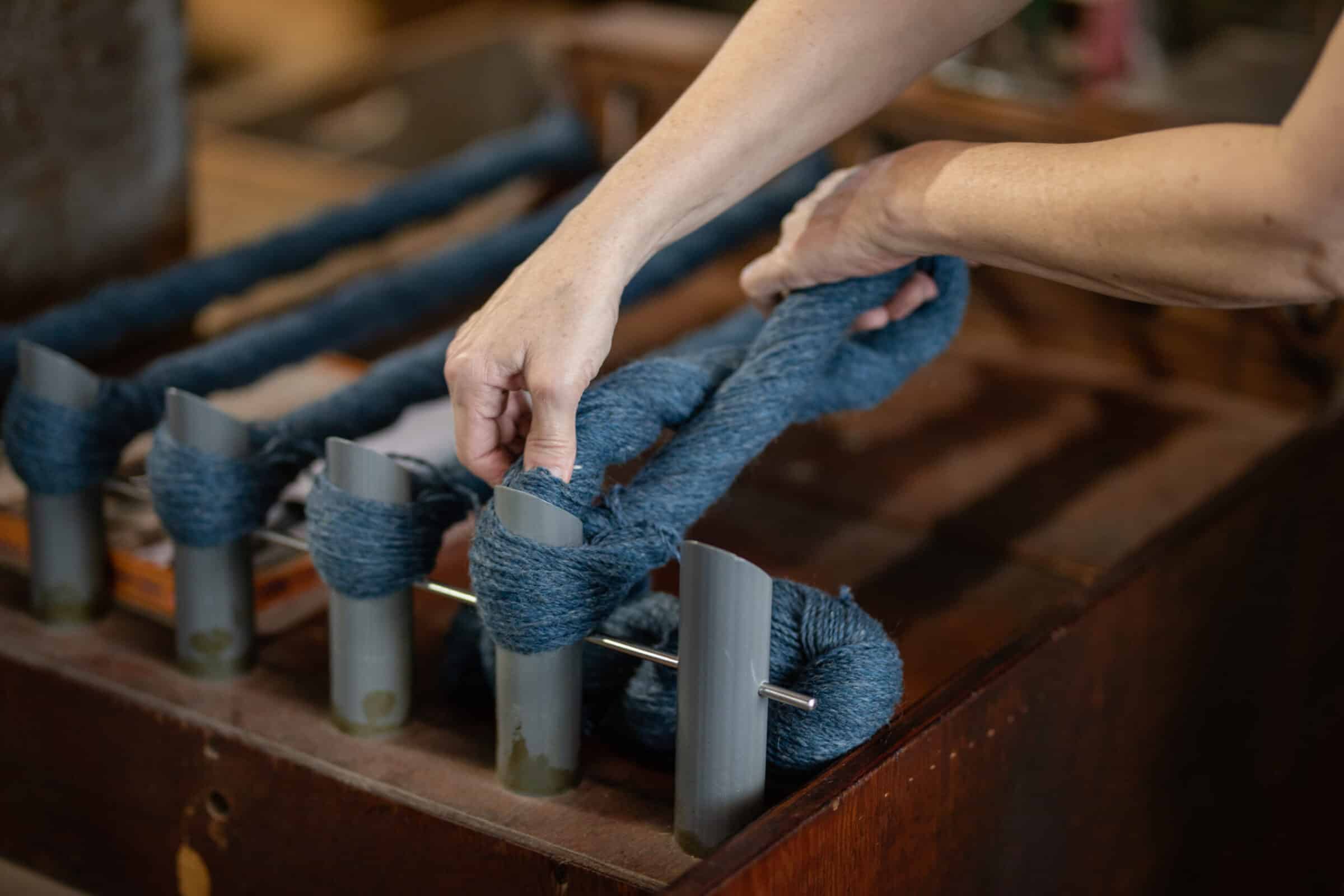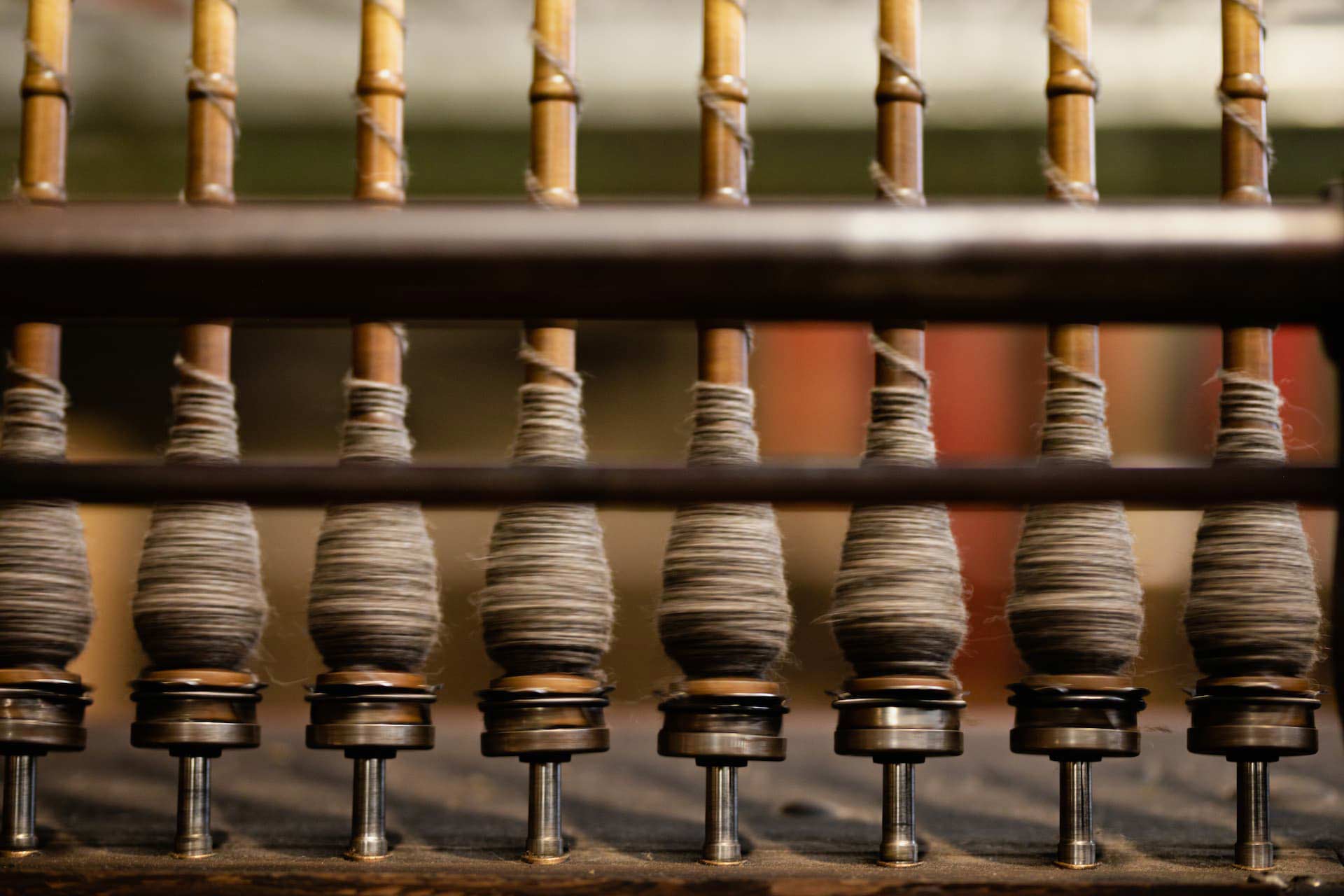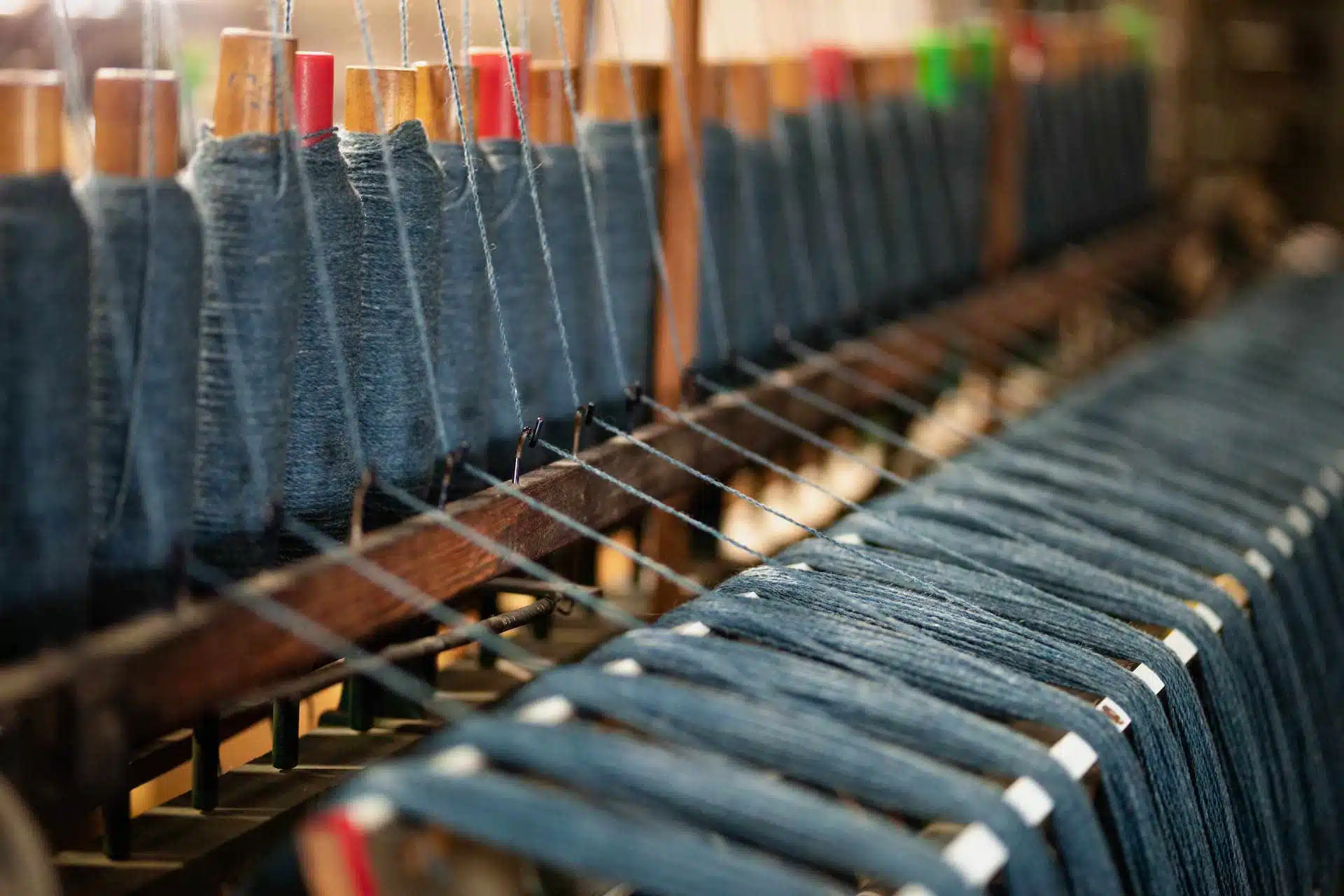Join us for our fourth annual CWM Natural Dye Club, available now online! Offered in collaboration with fibre artist Megan Samms, the club is an opportunity for folks to reconnect with the skills and tradition of dyeing textiles with natural dye stuffs. The 2020 project is a grow-along, dye-along, knit-along creating a beautiful pair of thrummed mittens featuring thrums dyed with Coreopsis tinctoria, or, Dyer's Coreopsis. What does that mean? That means we send you a kit with natural 100% wool yarn, 100% wool roving, Coreopsis tinctoria seeds, a pattern, and instructions for signing in with the group. Once you sign in, you'll start receiving email correspondence as we all go through the process together of growing and harvesting our dye plants, preparing and mordanting our roving for dyeing, dyeing our roving, and then knitting up the finished project. It's a great opportunity to learn how to dye rovings as well as how to knit thrums - it is perfect for both first time dyers and those with a little bit more experience. The knit pattern, designed by Megan Samms, is her take on the classic thummed mittens of her homeplace, Ktaqmkum or Newfoundland.
It's hard to image a time when recipes for how to colour your knitting yarn with natural plant materials were as common as recipes for a jar of dill pickles - known and shared and used in every household, but in the grand scheme of humanity, it really wasn't that long ago. Canada's first published cookbook from 1831, The Cook Not Mad, included recipes for every colour from scarlet to green on woolen, right in amongst those for preserved cucumbers (pickles) and ketchup. Textile colours, and their sources, were part of the working knowledge of daily life. Today, I wouldn't hesitate to bet that most people never think about the source of the colour in their daily textiles, let alone how they might achieve them at home. The globalization of the textile industry and the introduction of synthetic dyes has allowed us unprecedented access to colour and the privilege to take that colour for granted. However, that privilege comes at some pretty big costs to people and environments around the world (you can read about them here in our 2016 post). So, how do we start re-establishing our relationship to textile colour so that we can understand it properly, appreciate the privilege that it is, and use it responsibly? Why not join the CWM Natural Dye Club and get your hands dirty!


